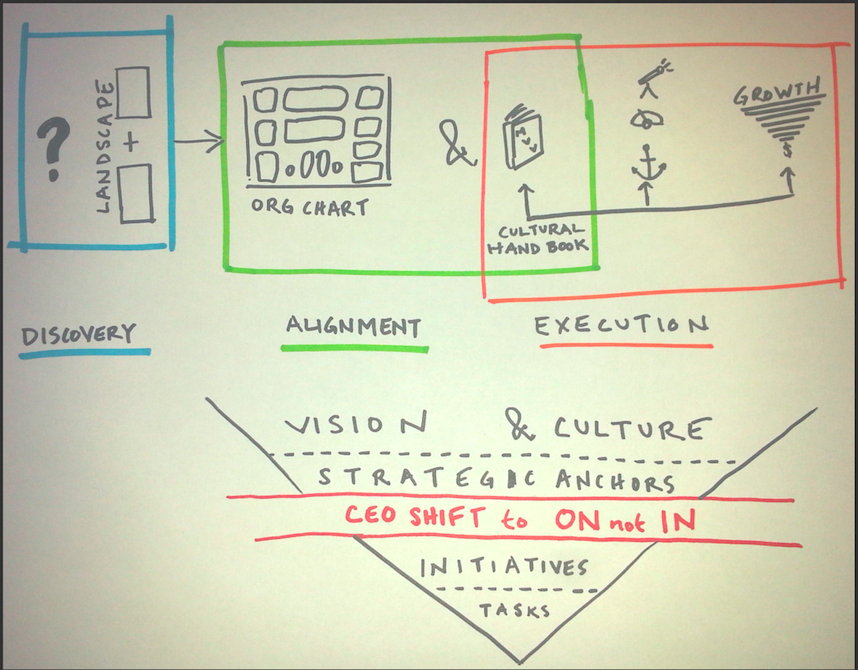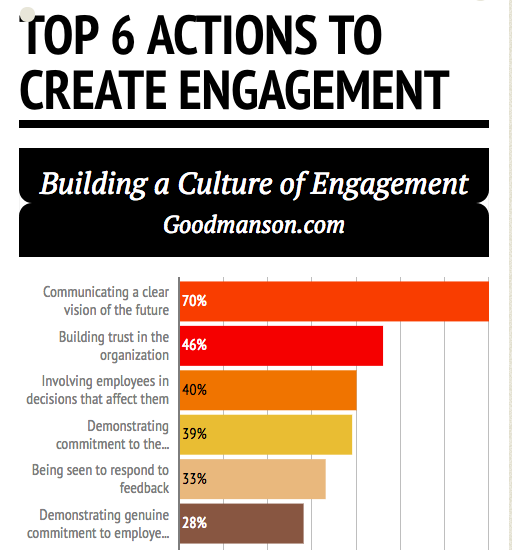How do you get the most out of your Board? How do you avoid the awkward Board Meetings where issues are presented and members address surface layers because they aren’t involved in the challenges being discussed? How do you go beyond the missed expectations from one another? Over the last few years I’ve had the privilege to serve in on several Boards, advisory council roles, elder teams or on executive teams which has allowed me to see ways we haven’t led well but also ways that were led well. In that, I thought I’d share a bit of my experience and hopefully hear from others about what they think has worked to enhance their Board leadership experience.
On two of the boards, I’ve advocated a move to a Functional Board of Directors (from now on this term will also serve for elder led churches). Functional Boards means that each board member has their role defined and is clear on what is expected of them. Prior to this we operated with unclear expectations and more of a coaching role on issues that surfaced but didn’t feel this was very effective or best using the talent of the board. Here’s how that transition occurred:
1. Create Unity on the Big Picture: Usually the process begins by facilitating an offsite day using a 1-Pager (we’ve used these type of tools with churches during the MonkDev Strategy Sessions as well) to help capture vision, values, obstacles and goal type information. When we’ve done this with organizations there are times where these elements have been thought through and people easily navigate and re-center on these things and other times where this type of process is brand new, so it takes more time. Take the goals and move to the next step.
2. Bring Clarity on Strategic Initiatives: After big picture goals are agreed upon, identify 5-6 strategic initiatives that are necessary to achieve those goals. For example, one of the 1-pager goals of a non-profit was to become self-supporting and move from the founder donating a large portion of the monies. The strategic initiatives under that were many, but included increasing revenue. At this point ‘triage’ the situation to see which element if focused most keenly on would have the biggest impact on driving the initiative. In this case, sponsorship was the largest source of revenue and the most immediate to become self-supporting.
3. Create Board ‘Chair’ positions to have key responsibility over an area: In this regard their are a lot of tools, my experience comes in the form of a Quad Report (so-named because it focuses on 4 things: Role Description (Core Purpose of Role, Responsibilities, What does Success look like?), Core Strategies (how does this role’s outcomes directly feed into the strategic initiatives?), A KPI dashboard (Google KPI Dashboard) and specific goals. In our example, a Board position was created for a Sponsor Chair to oversee growing the sponsorship function and since sponsorship revenue has raised ahead of projections. The position does need to take into account that this person is often a volunteer. They should champion the vision and seek to find people who can help execute. For the non-profit there is an executive director who has worked to tackle a number of the Quad deliverables such as clearer Media Kit for potential sponsors.
In this regard their are a lot of tools, my experience comes in the form of a Quad Report (so-named because it focuses on 4 things: Role Description (Core Purpose of Role, Responsibilities, What does Success look like?), Core Strategies (how does this role’s outcomes directly feed into the strategic initiatives?), A KPI dashboard (Google KPI Dashboard) and specific goals. In our example, a Board position was created for a Sponsor Chair to oversee growing the sponsorship function and since sponsorship revenue has raised ahead of projections. The position does need to take into account that this person is often a volunteer. They should champion the vision and seek to find people who can help execute. For the non-profit there is an executive director who has worked to tackle a number of the Quad deliverables such as clearer Media Kit for potential sponsors.
Some thoughts on how this applies to a church: One of the biggest breakdown I’ve experienced with a team is unclear expectations. This process can clear this up and release elders to be the first amongst equals in the area of responsibility they are over. In my experience, we’ve had a first amongst equals who sees how all the parts are working together for the greater whole (like the Chair position of President or Chairperson). For more on eldership/leaders structure from my blog, also read: Elders – Missional Movements, Plurality of Leadership & First Amongst Equals and other posts I’ve done on Triperspectival Leadership.
RELATED POSTS


